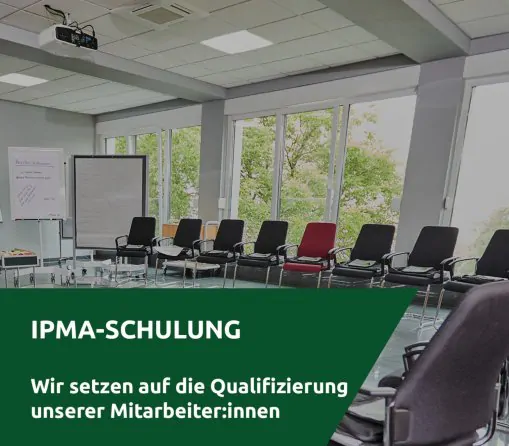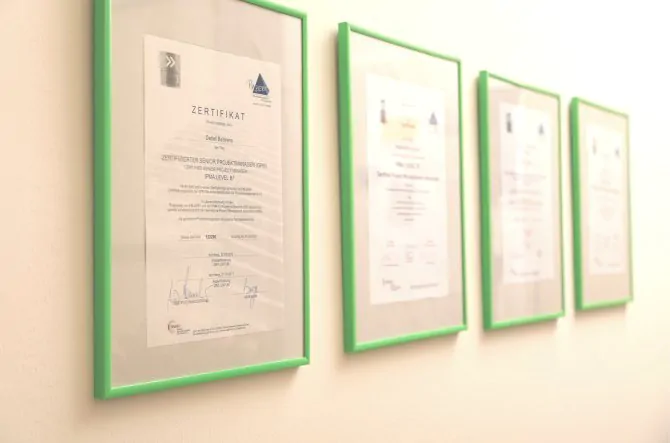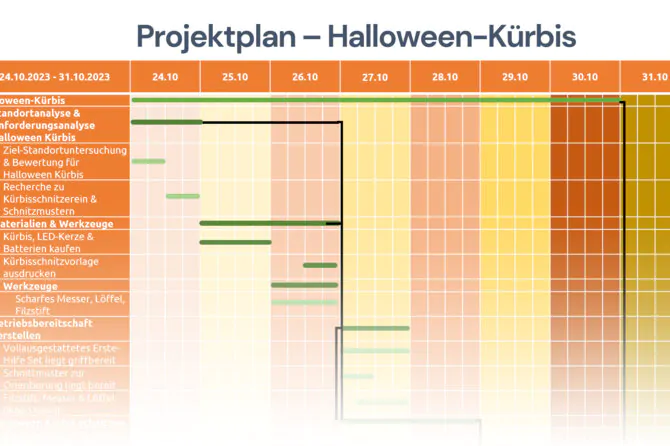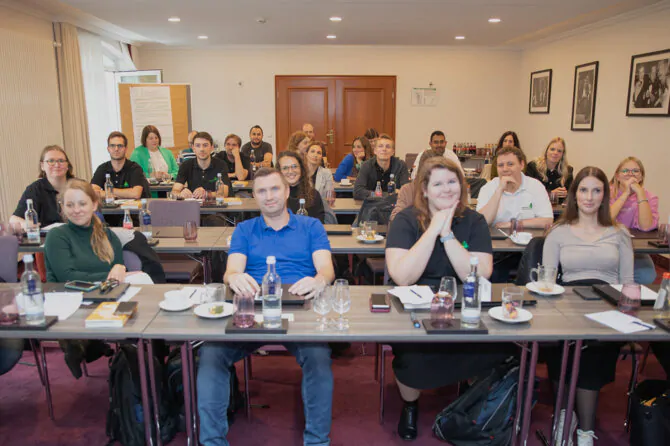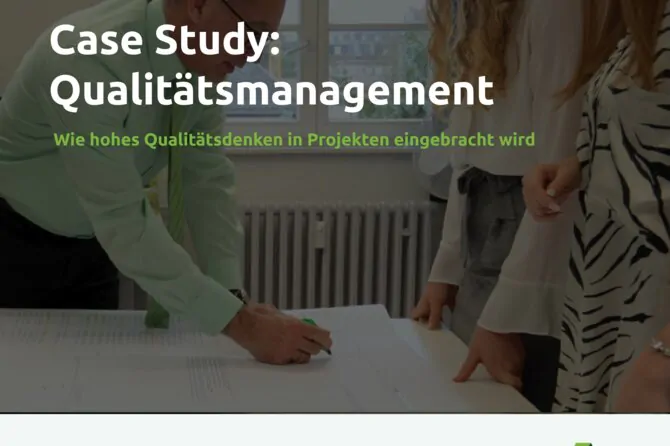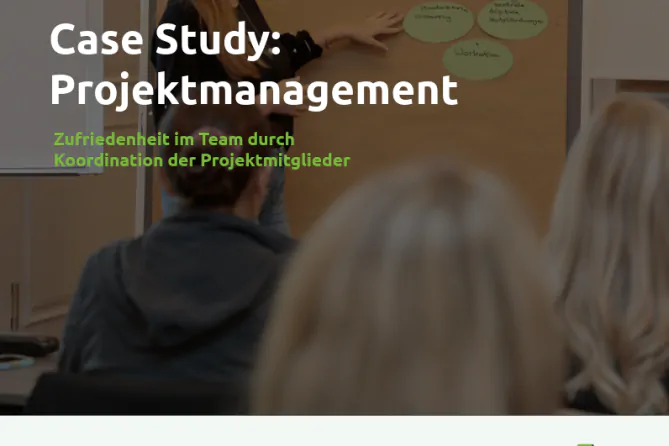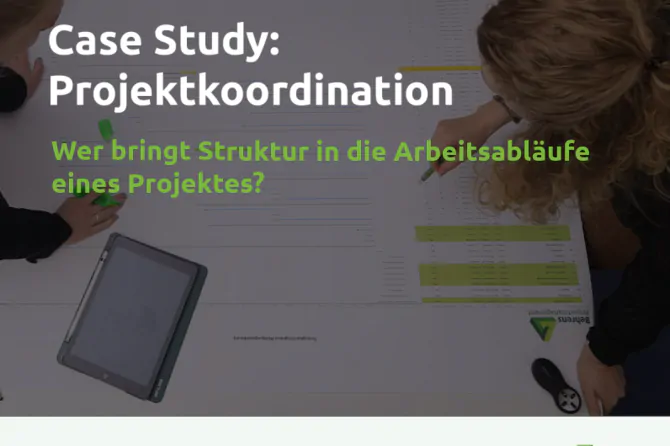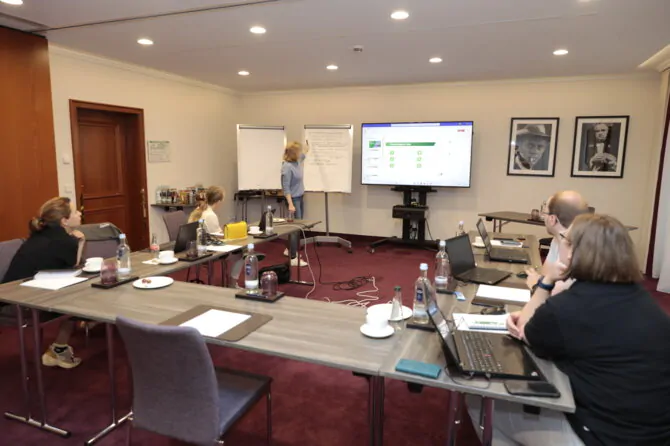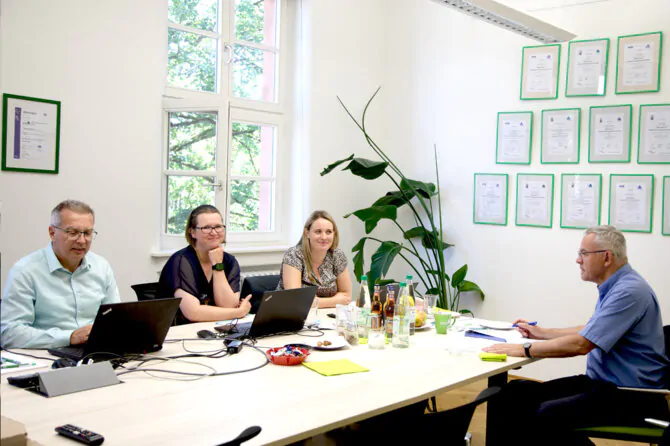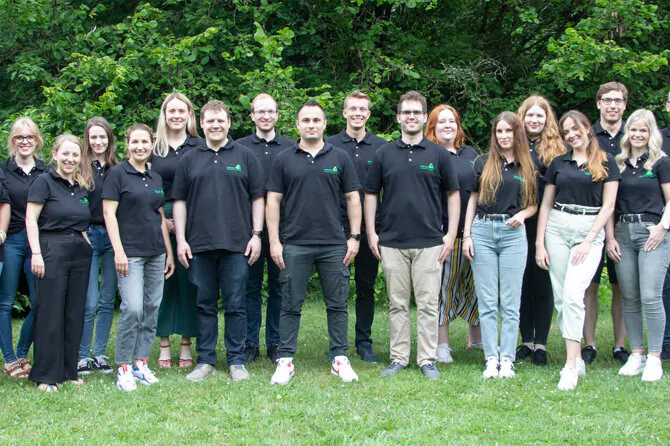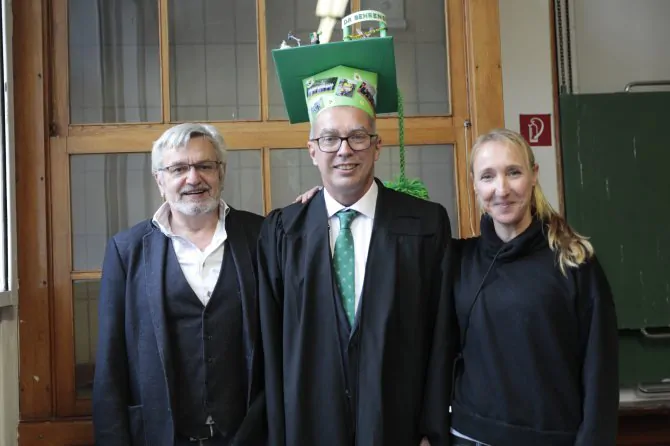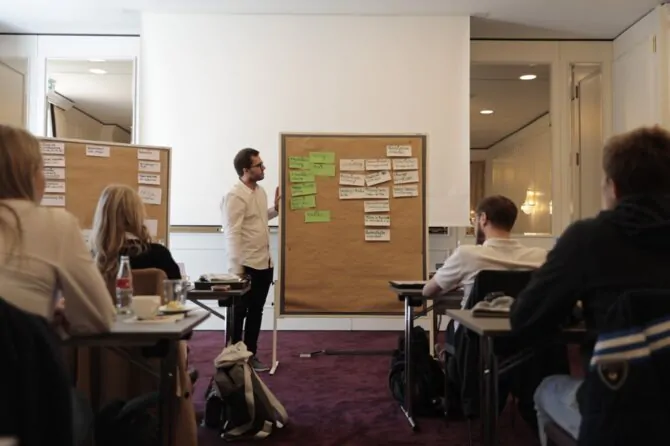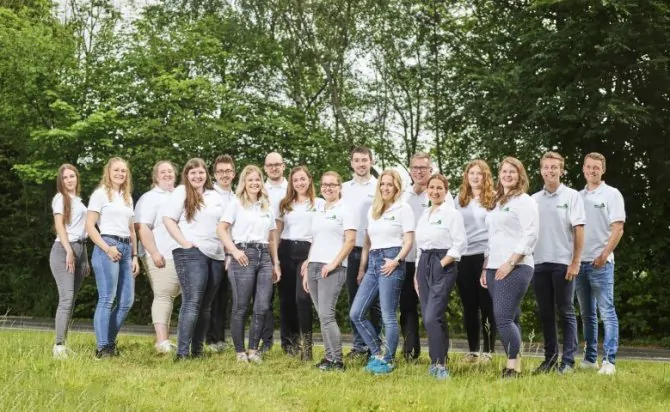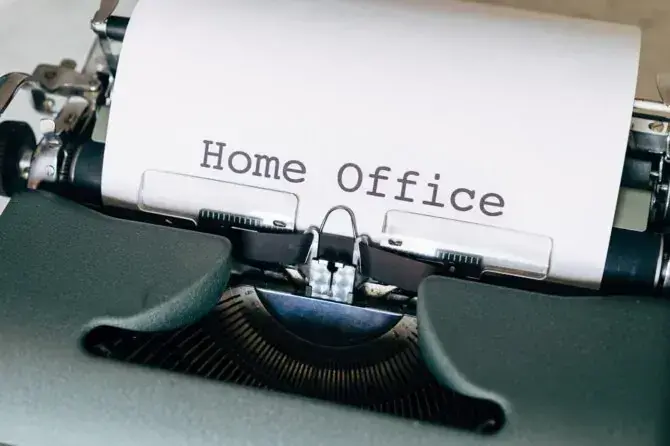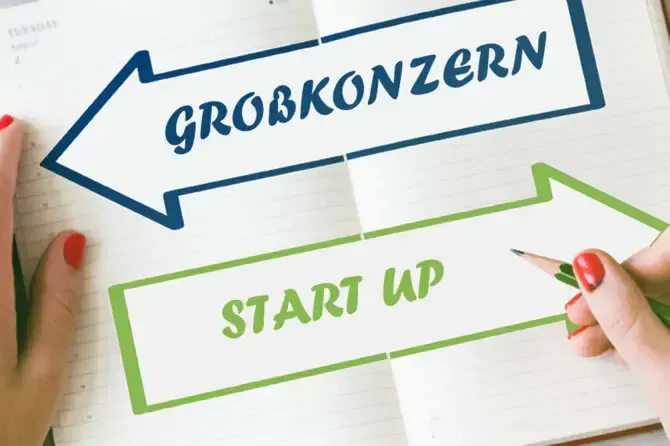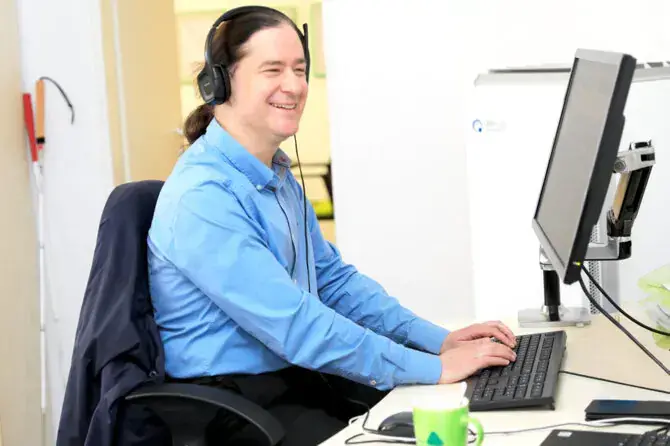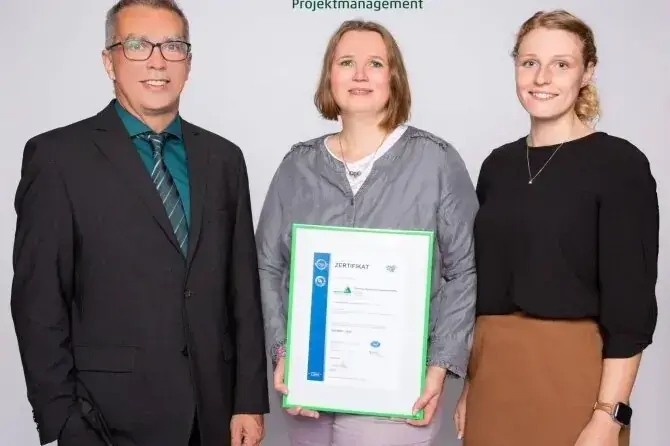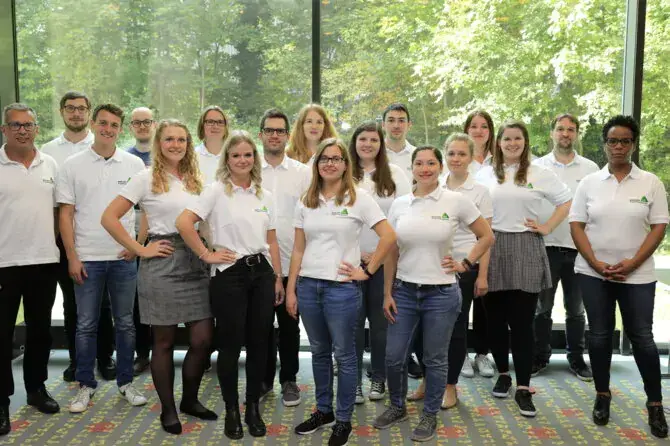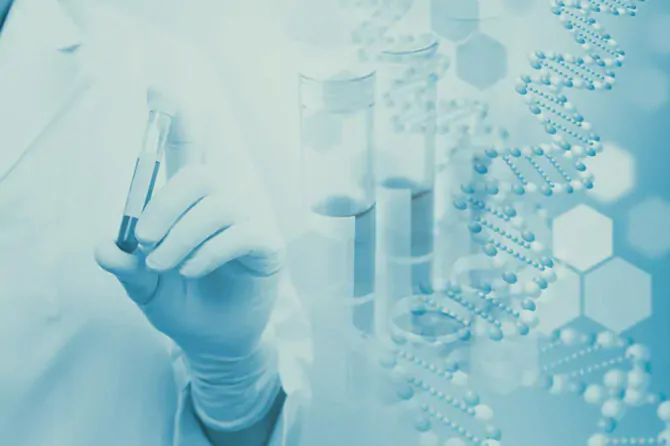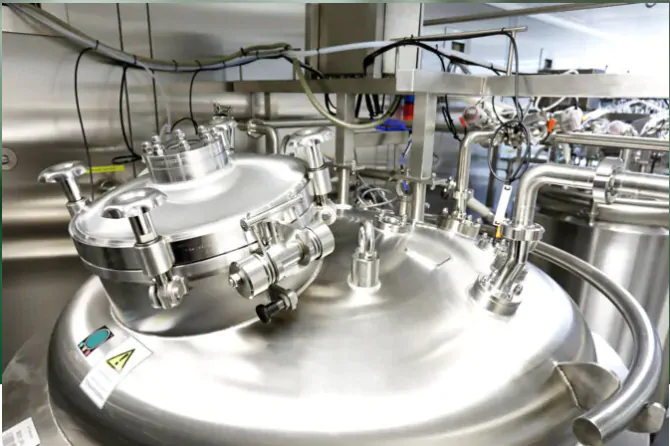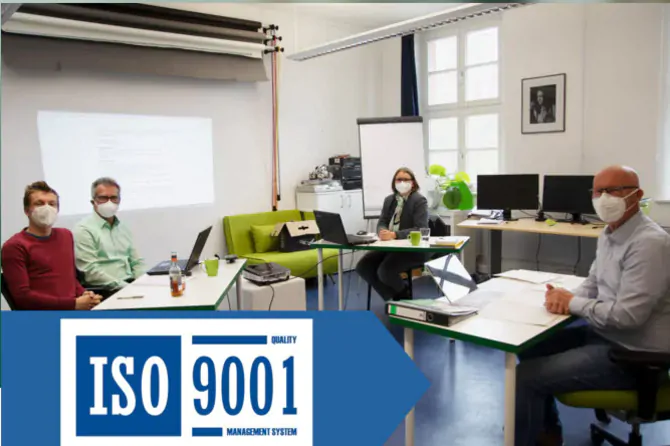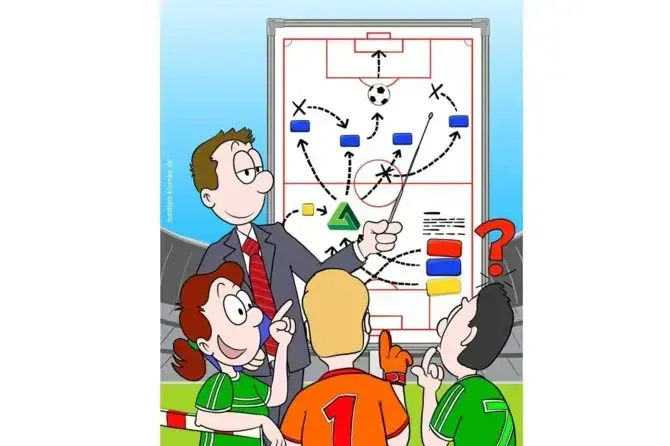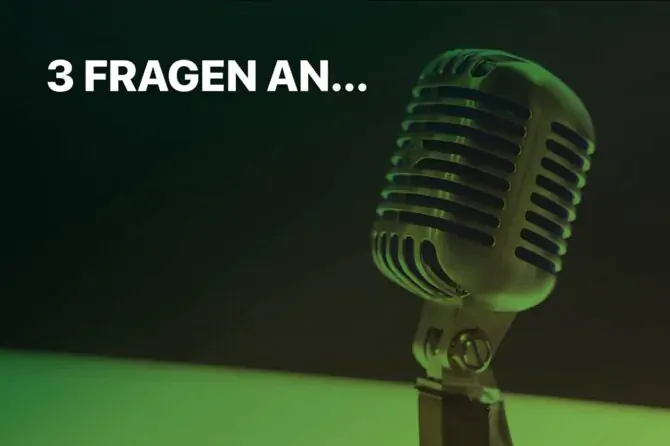GMP documentation in practice
(The following story is fictitious, all characters and situations are fictional).
Monday morning, 7:00 a.m. I enter my office with a steaming and fragrant cup of coffee. There is already a folder waiting for me on my desk. Gregor Maier-Paulsen brought me the completed test protocols for the process vessel qualification on Friday afternoon to check. I carefully put down the hot coffee and open the folder. First check whether the pages are complete. Just right for a Monday morning. Page 1 of 74, Page 2 of 74, ..., Page 41 of 74, ... when will the coffee finally work? Page 42 of 74… Wait! Something's not right here. The sheet is much lighter and unlike all other pages it is a black and white print. My GMP heart beats faster now, I don't need coffee anymore. All of a sudden I'm wide awake. Page 42 is the cleaning test log and this page has clearly been replaced.
I quickly pick up the phone and dial Gregor Maier-Paulsen's number. He explains to me that the cleaning specification has been adjusted and that this has changed one of the acceptance criteria for passing the test. For this reason, he adjusted the acceptance criteria, reprinted the page and replaced it with the old page. Phew... I first take a deep breath... and then exhale... and then explain to Gregor as calmly as possible that in the GMP environment, destruction of original documents is not accepted. As I explain that it is an absolute no-go to make changes to shared documents and simply replace the original page with a new one, I hear the cleaner, Ms. Vogel, whistling in the background. I quickly ask Gregor what happened to the original page. “I threw them in the trash on Friday evening,” he says guiltily. Gregor loudly places the telephone receiver on the table and I can only hear his voice calling out muffled: “Ms. Vogel, wait a minute!” I realize that Gregor is currently saving the original page 42. “The early bird catches the worm,” comes to mind and I have to laugh. Then I have Gregor on my ear again. “I have it!” he says proudly.
To ensure traceability, we agree that he will add a comprehensible comment to the original page that refers to the new completed test protocol. Of course, the list of reference documents, which still lists the old cleaning specification, also needs to be adjusted. “And by customize I mean handwritten, not reprinted,” I add just to be on the safe side. Gregor sighs. “And don’t forget the date and abbreviation behind each entry so that everyone can see who commented and when.” “But don’t paint over it with Tipp-Ex again if you make a mistake!” “Don’t worry, I haven’t forgotten your horrified look. I now know that all typographical errors must be corrected so that what was originally written can still be read. Everything for traceability! I’ll come by later and check it out.”
We hang up and I turn back to the folder. My coffee is almost cold now. I still take another sip. Of course…now I left a coffee stain on the next page. I'm briefly annoyed, but it fits in quite well with the other coffee stains and that just shows that intensive work was done with the documents. By the time my colleague enters the office, I've already added a bunch of post-its with notes to the folder, all sticking out on the right edge of the document. Forgotten an abbreviation here, corrected a spelling error in accordance with GMP there... plant stamp is missing, add a reference to plant xy, copy stamp is missing, describe in more detail, etc. My colleague looks at the colorful pieces of paper and greets me with: “Well, there you go again a nice qualification hedgehog.”
When I get to the alarm test (simulating the disturbance conditions), I get suspicious again. Here the exam was initially classified as failed and, without comment, corrected to passed a day later. Luckily, Gregor comes walking through the door. All I have to do is hold up the alarm check and it comes pouring out: “Yes, my mistake. A few alarms didn't come at the beginning and I documented too quickly. It was just a small software adjustment and presto the alarms were there.” Breathe in… breathe out… My colleague gives me a smile and points with her head at the postcard that decorates our office. A frog stuck in a stork's beak and fighting for survival. Entitled “Never give up!”. I nod gratefully at her and turn back to Gregor: “Actually, you did everything right. At least at the beginning. Timely documentation is very important. You probably remember how at the beginning of the alarm check you didn't mark the checked alarms directly because you wanted to mark them all at once at the end." "Mhm." "Then suddenly it smelled so good of currywurst and after the break nobody knew which alarms had already been tested." Gregor nods: "Yes, we had to start all over again, that won't happen to me any time soon." I have to smile, but now to the unpleasant part: "We already had the traceability issue this morning. If a test fails, a deviation must also be written down..." Gregor interrupts me euphorically: "But that wasn't a deviation, I just had to set the bit from 0 to 1, that happened really quickly." Breathe in... breathe out... looking at the postcard... I patiently discuss with Gregor why a deviation needs to be written down even for such a small and quick adjustment. Adaptation remains adaptation and must be documented via a change.
While Gregor is recording the deviation, I am already stumbling over the next one. Here a repeat test had to be carried out on two containers. However, only the test on one container was documented. “Of course we also carried out the test on the other container,” Gregor confirms. “Well, please document it that way,” I reply. “Because what wasn’t documented wasn’t done,” Gregor completes my sentence. He documents the successful test on the second container in the deviation and signs it. Gregor happily reaches for a chocolate bar when he sees my look and looks at me questioningly. "Four-eyes principle,” is all I say and he grabs another chocolate bar. With the deviation and the two chocolate bars, he makes his way to his colleague who was there for the repeat test. Because every test result must be confirmed by two examiners. By the afternoon we had actually gotten to the point where there was only a single Post-it note left in the folder. Gregor looks happy when he sees that only an abbreviation is missing from him at this point. While he adds his acronym, I look over his shoulder and say: “After this educational day, you really deserve your acronym, Gregor Maier-Paulsen: GMP.”


